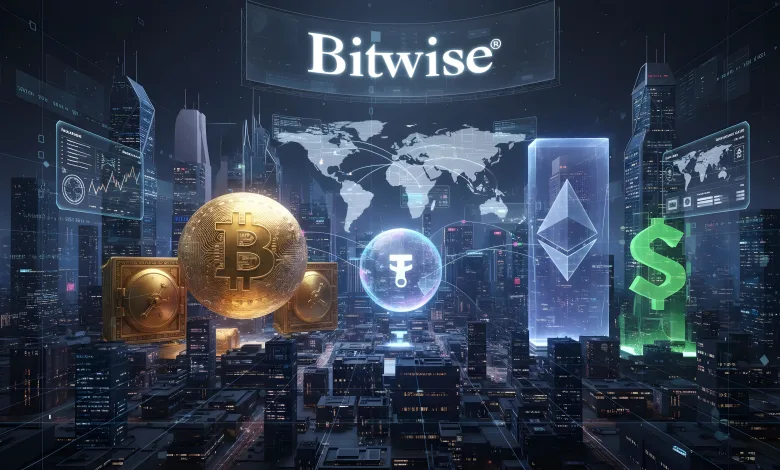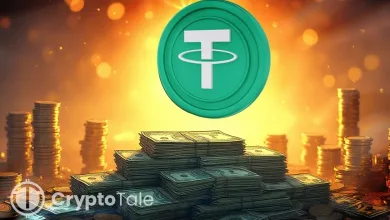Bitwise CIO: Bitcoin, Ethereum, Solana Target Trillions in Finance

- Bitcoin rivals gold’s $25T market, needing only a 10% share to justify its valuation.
- Ethereum and Solana aim to power tokenized assets, stablecoins, and global payment rails.
- Tether drives stablecoin adoption, holding $127B in Treasurys across markets.
Bitcoin, Ethereum, and Solana are chasing some of the largest financial markets in the world, according to Bitwise CIO Matt Hougan. He said crypto skeptics often underestimate how massive these opportunities are and why digital assets could become central to global finance.
Bitcoin’s Path Against Gold
Hougan explained that Bitcoin, with a $2.3 trillion market value, is competing directly with gold’s $25 trillion market value. He said many investors are surprised by Bitcoin’s size, but the comparison to gold shows why it makes sense.
Hougan described the difference with a simple analogy. He said a company trying to disrupt Amazon must capture the entire market to be worth trillions. By contrast, a company competing with gold only needs a small share of the market.
“Market sizing is everything,” Hougan said. He stressed that Bitcoin is digital gold, and that its valuation reflects its role as a store of value.
He added that Bitcoin only needs to capture around 10% of gold’s market to justify its current valuation. The comparison highlights why Bitcoin has become one of the largest financial assets despite lacking everyday usage like major technology firms.
Ethereum, Solana, and Tokenized Markets
While Bitcoin competes with gold, Ethereum and Solana are pursuing even larger markets. Hougan said these blockchains are positioned to power the issuance, settlement, and trading of stablecoins and tokenized assets.
Estimates from SIFMA and Savills put the combined value of global stocks, bonds, and real estate at $665 trillion. McKinsey data shows the global payments industry processes 3.4 trillion transactions valued at $1.8 quadrillion every year.
Hougan said Ethereum, valued at $500 billion, and Solana, worth about $100 billion, are still small compared to the industries they target. He argued that these blockchains could capture a meaningful role in the infrastructure of future global markets.
Stablecoins are also central to this trend. Hougan noted that Tether, the world’s largest stablecoin issuer, is growing rapidly across non-Western markets. With more than 400 million users, Tether has become a critical player in cross-border payments.
The company holds $127 billion in U.S. Treasurys, ranking it among the top global holders alongside countries like Germany and Saudi Arabia. Hougan said Tether’s profits could eventually surpass major corporations if adoption continues.
He also addressed reports of Tether seeking a $500 billion valuation. He said that while the number seems high, the market opportunity is vast. Tether’s role as a dominant provider of dollar-backed digital assets in emerging markets could justify its ambitions.
Related: Crypto vs Banks: Fight Over Stablecoin Rewards Heats Up
Disruption and Risks Ahead
Hougan emphasized that crypto’s potential is tied to the scale of the markets it addresses. He said these are some of the most important industries in the world, from global payments to capital markets.
At the same time, Hougan acknowledged the risks. He said crypto will likely see more billion-dollar failures than any other industry. Yet he argued that the successes could reshape financial infrastructure on a scale rarely seen.
He compared investing in crypto to investing in early-stage startups. He said the chances of failure are high, but the potential rewards are enormous. Investors must prepare for both scenarios.
Hougan concluded that the narrative around crypto is changing. He said Bitcoin, Ethereum, and Solana are not niche experiments but structural contenders. They are competing with markets worth hundreds of trillions of dollars.
“The potential is enormous,” Hougan said. “Crypto is targeting the largest markets in the world, and that changes everything.”





